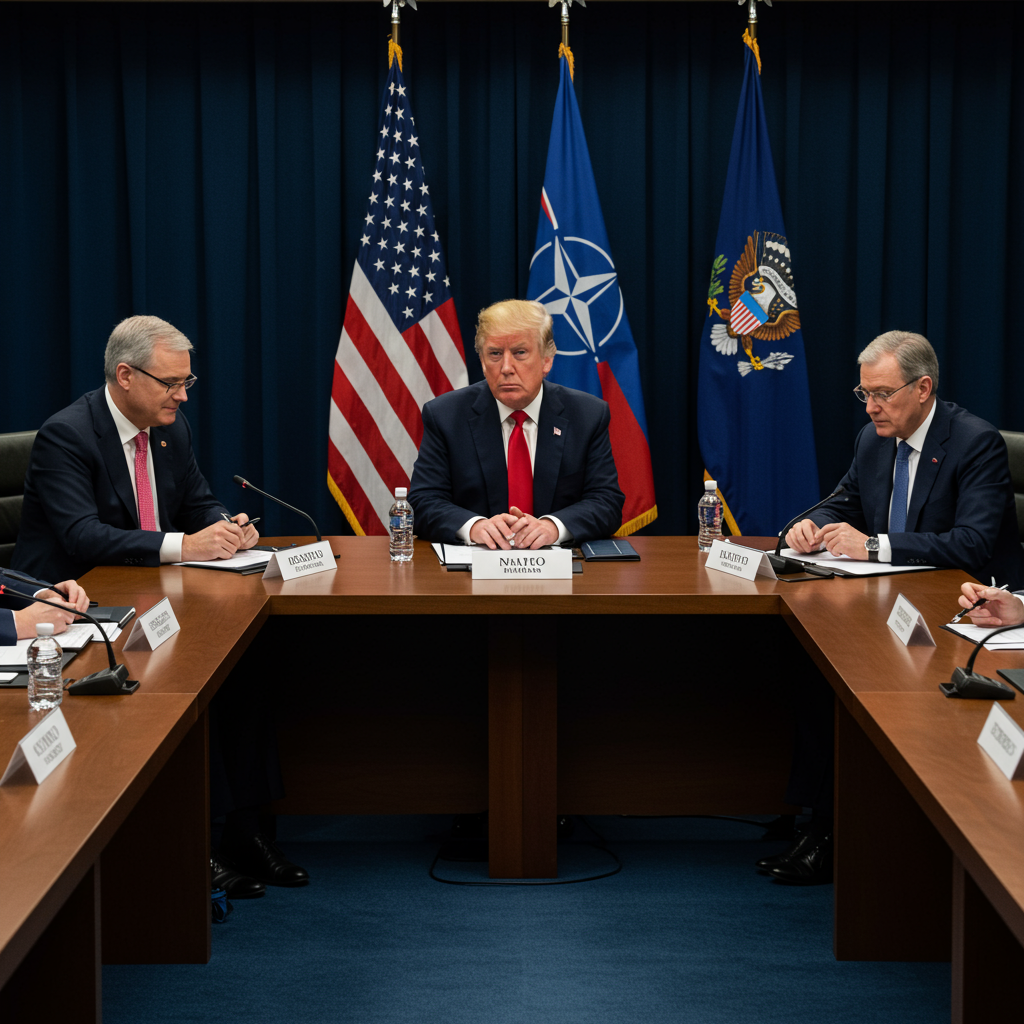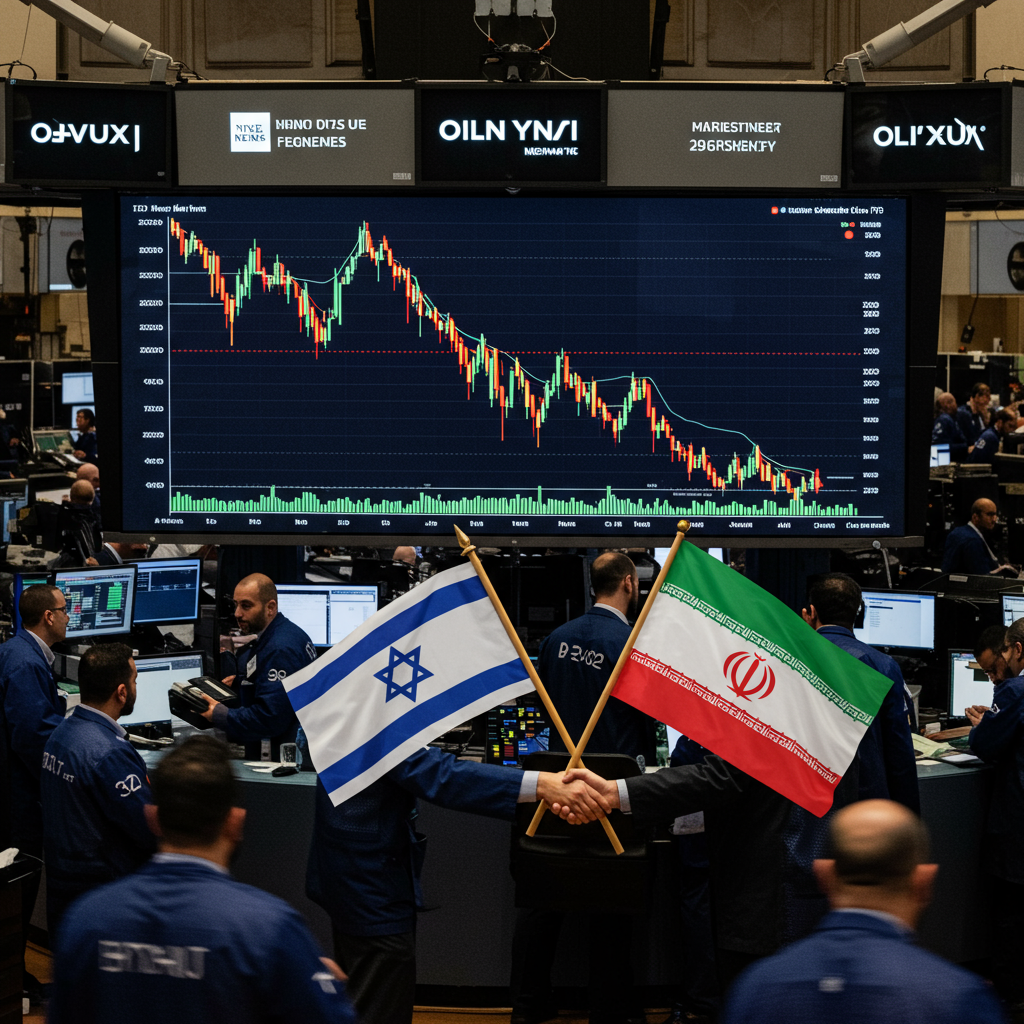NATO Allies Commit to Higher Defense Spending, But ‘Wiggle Room’ Remains
At their annual summit in The Hague, NATO leaders agreed to President Trump’s push for significantly higher military spending, aiming for member nations to allocate 5 percent of their economic output to defense. This represents a substantial increase from the previous 2 percent target. However, the commitment includes a crucial caveat that provides countries with potential flexibility in meeting the ambitious new benchmark.
The core agreement, outlined in the summit’s communiqué, states that “allies” – notably not “all allies” – have committed to working toward the 5 percent goal. This specific wording is the result of a compromise brokered between NATO Secretary General Mark Rutte and Spanish Prime Minister Pedro Sánchez, who sought to avoid a rigid, binding target for every single member.
The 5% Target: A Symbolic Victory for Trump?
President Trump has long been a vocal critic of what he views as insufficient defense spending by NATO members, arguing that Europe and Canada rely too heavily on the United States for security. He initially floated the 5 percent figure earlier this year, a demand many considered unrealistic given that several nations still struggled to meet the existing 2 percent pledge set in 2014.
Secretary General Rutte publicly credited Trump for forcing this long-overdue discussion on increasing military investment. While the agreement represents a win for Trump, who celebrated the outcome, the inclusion of the “allies” language acknowledges the varied economic realities and priorities among the 32 member states. Countries like Spain, Belgium, and Luxembourg, currently spending well below the 2 percent mark, indicated that meeting a 5 percent target quickly, or perhaps at all, would be challenging. The current plan gives allies until 2035 to reach the goal.
Beyond Spending: Article 5, Ukraine, and Security Shifts
While defense spending dominated the headlines, the summit addressed other critical issues:
Article 5 Commitment: President Trump clarified his stance on Article 5, NATO’s collective defense clause stating that an attack on one ally is an attack on all. After initially appearing to waver, he later reaffirmed his full commitment, stating, “We’re with them all the way.” Secretary General Rutte urged allies and journalists to stop questioning the U.S. commitment to the pact.
Support for Ukraine: Despite recent summits focusing heavily on Russia’s aggression, Ukraine featured less prominently this year. Leaders restated their enduring commitment to providing support to Kyiv, whose security is seen as contributing to the alliance’s own. However, the communiqué did not mention the prospect of Ukraine’s future membership in NATO. NATO remains committed to supporting Ukraine’s path to membership, according to Rutte, but this was not a central discussion point in the final statement.
- Strengthening European Capabilities: Timed with the summit, Britain announced plans to purchase 12 F-35A stealth fighter-bombers. This acquisition will restore the Royal Air Force’s airborne nuclear delivery capability for the first time since the Cold War, strengthening the European pillar of NATO amidst persistent doubts about the U.S. nuclear commitment to Europe. Germany also signaled a “paradigm shift” by announcing plans to increase its defense spending to 3.5 percent of GDP by 2026, aiming for 5 percent by 2029-2035, reflecting growing concern over the threat posed by Russia.
Overshadowed by Iran?
Adding complexity to the summit dynamics, a leaked U.S. intelligence report suggesting American strikes had set back Iran’s nuclear program by only months, rather than “obliterating” it as President Trump claimed, reportedly overshadowed his hoped-for victory lap on the Iran-Israel cease-fire he helped broker.
Furthermore, concerns were raised about potential U.S. vulnerability to Iranian retaliation due to reported cuts and reallocations within U.S. cybersecurity and counterterrorism agencies under the Trump administration, shifting focus toward immigration enforcement.
In a brief visit lasting less than 24 hours, President Trump engaged in key meetings and a news conference, expressing satisfaction with the outcome on defense spending. While the summit delivered a commitment to the higher spending target Trump championed, the language allowing for national flexibility signals that achieving the 5 percent goal across all member states by the 2035 deadline may still face significant hurdles.




